“He’ll sing Reedwater’s muirlands wild,
Where whirring heath-cocks flee,
Where limpid wells and heather bells
Delight the sportsman’s e’e.”
|
This last couple of years has seen me doing some exploring and more detailed archaeology in Redesdale. It is beautiful, wild Northumberland countryside with a wealth of wildlife, history and tradition. I have had the honour to work alongside local people and other like-minded folk from Tynedale Archaeology Group as a volunteer on the National Lottery funded Revitalising Redesdale project. Another computer-based project is now drawing to a conclusion, that of transcribing the Northumberland Ordnance Survey Name Books of the 1860's first survey, a project led by Professor Diana Whalley. The last parish to be transcribed was Elsdon (including Rochester, Otterburn and a few parts of other parishes, before boundary changes) with about 800 interesting and often informative place-names. Involvement with this project has led me to this post. Given as an authority to the spelling of one of the place-names in the parish was a reference to 'The Lay of the Reedwater Minstrel'. It is a poem by Robert Roxby, and reading it makes you aware that not only was he too facinated by the place-names of the area but also appeared to know them intimately as places, along with a few of the local inhabitants. This quotation is used on page 13 of the Revitalising Redesdale: Landscape Conservation Action Plan (LCAP-Part 1) published in July 2017.
1 Comment
Remember the above photo used on the promotion flier for 'The Eton Rifles' single by The Jam in 1979 which we discussed in a previous blog? A close crop of this photo, of just the soldiers without the road sign, was used on the record cover.
Although we know where the photo was taken, we do not know who took it, or when. Yesterday a local copy turned up along with three others, all taken in Heddon. These photos have been kindly supplied by Philip Sanderson whose family used to live in Town Farm. There is a short blog about his father here. I suppose that leaves two possibilities. Perhaps the photos were taken by someone in Philip's family close to where they lived at Town Farm, or perhaps they were just acquired from elsewhere because of their local interest. The third photo (below) shows a dog in the long grass to the right of the soldiers. Did this belong to the photographer? Was one of the cadets a family member or friend? The soldiers do appear quite young, possibly school cadets, and someone suggested that the badge resembles that of the Tank Regiment. There are 17 soldiers in the photos. The other thing we don't know of course, is how one of these photos ended up associated with The Eton Rifles. The following poem was kindly sent to me by Mike Jones working with Averil Dawson, a resident of the care home, Grovewood House, which specialises in dementia care. I work in conjunction with the two local Universities and several care homes seeking ways to assist those living with dementia. Part of my work entails using drama and the written word to address thoughts and feelings as expressed by those with whom I work. I was sent this photo recently by Glyn Lloyd with the question: I'm trying to establish the origins of a photo I came across which shows young men in army battledress uniform & berets practicing marching during some down time. They are all next to a wall mounted sign of Heddon on the Wall. I replied saying that I hadn't seen the photo before, We have no photos of soldiers on the website apart from one of the Home Guard and there is no old photos showing that road sign. It looks to have been taken where the former road passed the farmhouse of Town Farm at the east end of the village,
I asked him where he had found the photo as it looked like an old framed copy from someone's mantlepiece (possibly a relative). His answer was completely unexpected. A recent visit to the fabulous Dunstanburgh Castle on the Northumberland coast north of Craster reminded me of some nearby place-names similar to the more famous, Rumbling Kern, further south at Howick. It has been described as a churn or barrel through which the sea runs noisily.
Bill Griffiths in 'Fishing and Folk: Life and Dialect on the North Sea Coast' (2008) describes two similar local features: 'Rumble Churn' at Dunstanburgh and 'The Churn' on the Farne Islands. The latter feature is said to be a cavity in the rock near the north-west point of Inner Farne. It has a hole at the top through which the water is forced by the sea, producing a beautiful 'jet d'eau' (water-spout), particularly when the wind is from the north-east with a heavy swell. Presumably, he says, the noise resembles the rumbling sound of a churn. The following is for all those who love the Cheviot Hills. Then, let our pilgrim footsteps seek Old Cheviot's pathless mossy peak; For there the Mountain Spirit still Lingers around the lonely hill, To guard his wizard grottoes hoar Where Cimbrian sages dwelt of yore; Or, shrouded in his robes of mist, Ascends the mountain's shaggy breast, To seize his fearful seat—upon The elf-enchanted Hanging-Stone, And count the kindred streams that stray Through the broad regions of his sway:-- Fair sister streams, that wend afar By rushy mead or rocky scaur, Now hidden by the clustering brake, Now lost amid the mountain lake, Now clasping, with protective sweep, Some mouldering castle's moated steep; Till, issuing from the uplands brown, Fair rolls each flood by tower and town; The hills recede, and on the sight Swell the bold rivers broad and bright. Part of the poem, The Autumnal Excursion by Thomas Pringle (1836). He was a Scottish writer (born at Blakelaw near Kelso), poet and abolitionist (who became secretary to the Anti-Slavery Society). He is known as the father of South African poetry having emigrated there with the help of Sir Walter Scott in 1820. He was the first successful English language poet and author to describe South Africa's scenery, native peoples, and living conditions. In his notes to the poem, he describes the Hanging Stone as: '... a lofty cliff near the western summit of Cheviot, so called from its impending position over a huge rocky chasm or recess, in the bosom of the mountain, known by the name of Hell's Hole. Out of this grim recess flows the pretty Northumbrian stream of College Water, which is here divided by only a narrow neck of ground from the sources of the river Beaumont. The Hanging Stone is surmounted by an ancient cairn; and, either from the shadowy remains of olden legends, or from the savage aspect of the scenery around it, is still regarded by the neighbouring peasantry with a certain degree of superstitious dread'. The Hanging Stone, though, is some distance from the Hen Hole to which he refers, and perhaps he has the location confused with one of its closer and equally rocky neighbours (see below).
Worm (Old English: wyrm) is a local word for a serpent or dragon. There are many legends or folk-lore tales regarding such mythical creatures and how they terrorised their districts before being vanquished by a local hero. Some may go back a long way in time with the stories endlessly retold and embellished. The Lambton Worm is a much better known tale from the River Wear area of County Durham and is one of the area's most famous pieces of folklore. The Linton Worm from the Scottish Borders is similar. The Laidley Worm is Northumberland's alternative from the Bamburgh area but although all these stories were all presumably originally made up, this particular tale doesn't seem to have quite the same historical longevity.
The Hornpipe Paganini of Bottle Bank I have been making regular trips now for some months over the Pennines from Tynedale on family duties and had the pleasure to drive on the A686 road through Alston that the AA described as ‘One of the Greatest Drives in Britain’. Some music that regular accompanies me when winding through this beautiful upland landscape was composed by James Hill in the mid nineteenth century but still fits my mood and pleasure well. FARNE, the Folk Archive Resource North East, provides a short biography: James Hill is considered to be one of the most talented fiddler players and tune writers of the 19th Century. He is believed to have been born in Scotland in 1811 and to have died from consumption in Westmoreland Lane, off Westgate, Newcastle in 1853 making him 42 years old. He lived on Bottle Bank in Gateshead near the "Hawk Pub" with his wife Sarah, who was born in County Durham, for most of his life where he composed fiddle tunes from the 1830s onward. Contacts made through the website are always appreciated, often informing me of things I don't know, or setting me off on a new train of thought. A lady called Lynne Petrie contacted me recently through a mutual friend in Wylam regarding the blog I'd written about Isaac Jackson, made after the talk by Jim Rees for this year's Puffing Billy Festival. She asked if I knew the Geordie folk song, 'Canny Wylam', which mentions Jackson and other notable, and not so notable, worthies from our neighboring village. After a mention of George Stephenson, the verse about Jackson goes: Now there's Jackson, his owld mate, was another up te date, This was a Poem of the Day by Anthony Todd of Howdon, Wallsend published in the Newcastle Journal. It nicely sums up events at the festival on Saturday 21st September in Wylam to celebrate the 200 year anniversary of Puffing Billy. 'Welcome Home Puffing Billy' |
AuthorAndy Curtis Archives
July 2024
Categories
All
|

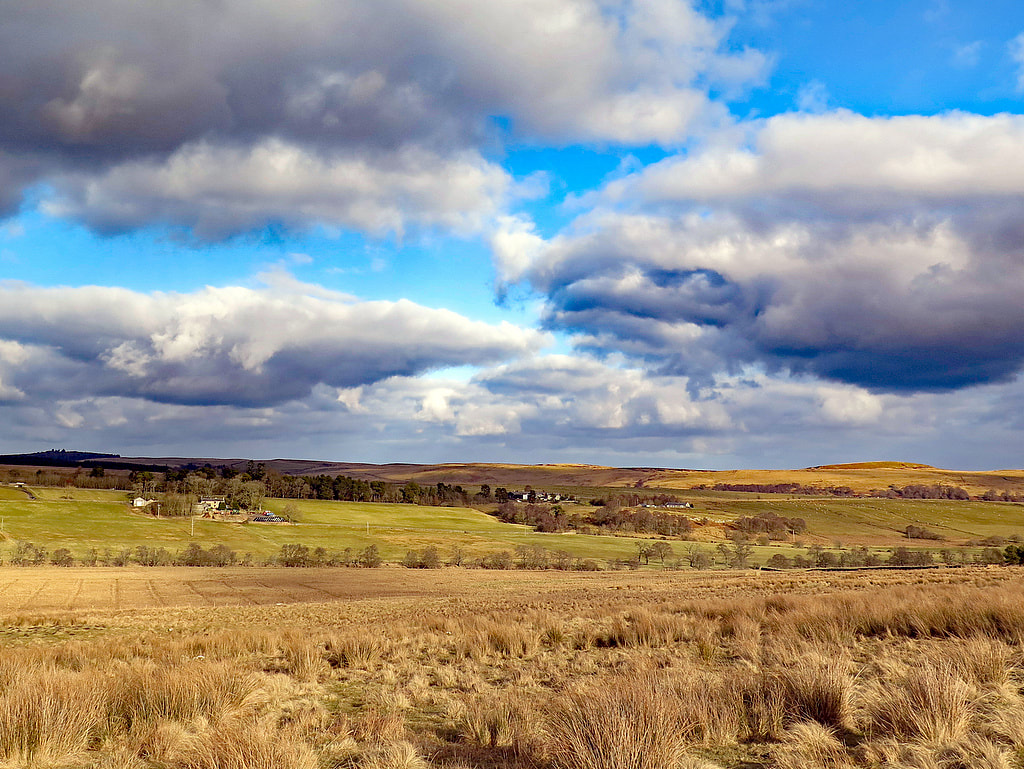



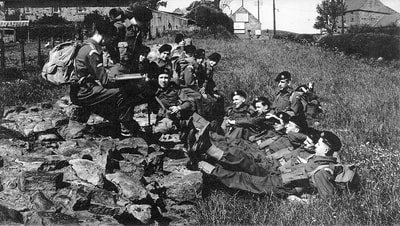

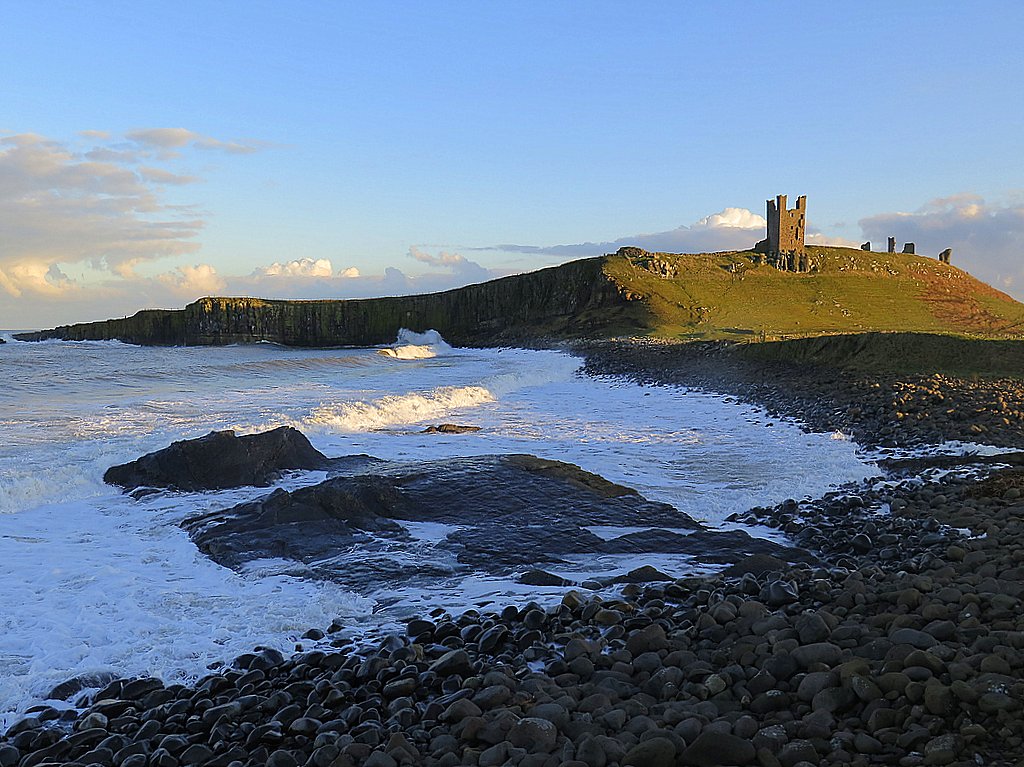








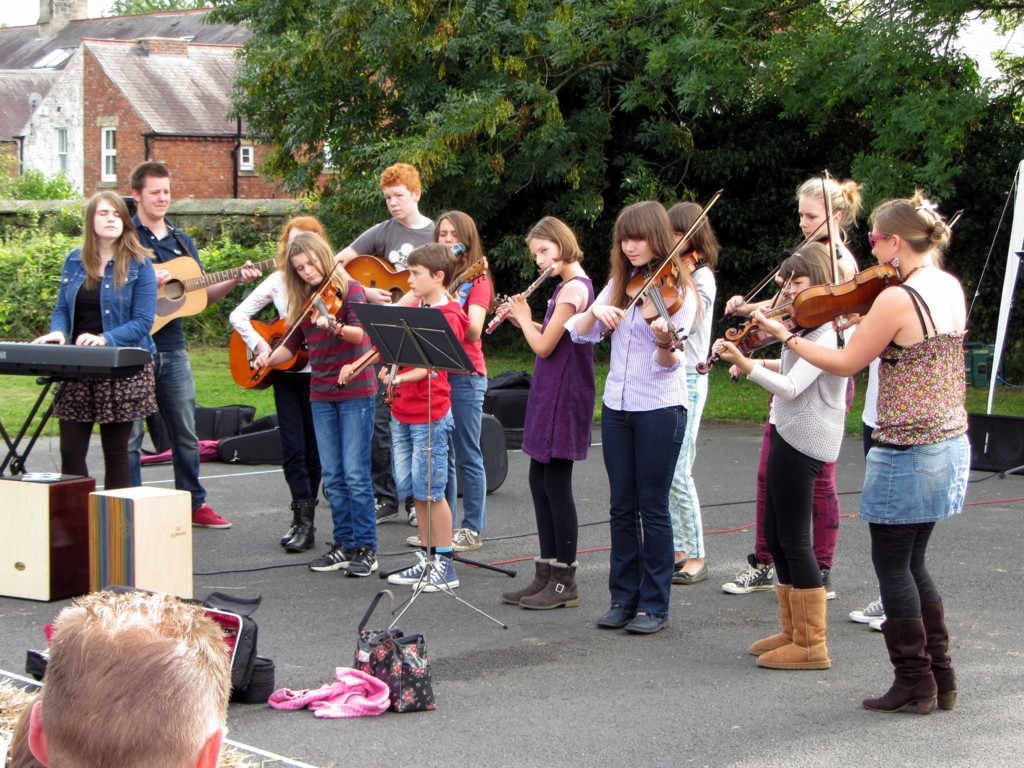
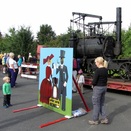
 RSS Feed
RSS Feed
